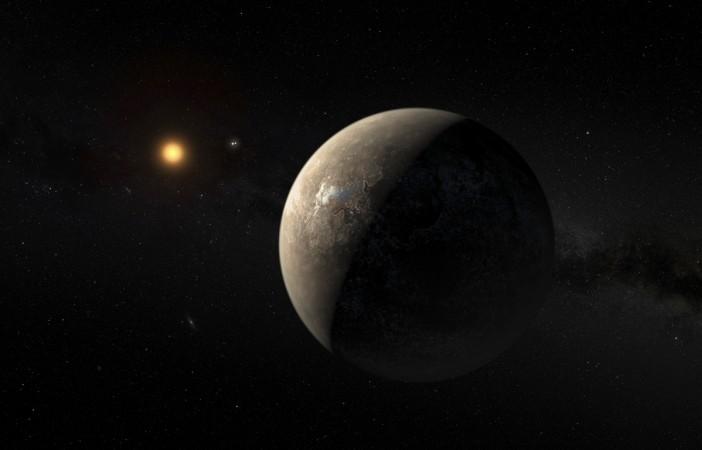
NASA researchers have found that the exoplanet Proxima b is not habitable. Despite being present in the habitable zone (aka the Goldilocks Zone) of its star Proxima Centauri, this Earth-like planet is hit be recurring stellar eruptions from its star, that make it difficult for life -- as we know it -- to survive on its surface.
Also Read: NASA has found out that a human colony on Mars could be wiped out in minutes!
Discovered in 2016, this exoplanet was believed to be habitable by scientists. Plans to send unmanned missions to the planet were in the works, according to Popular Mechanics, but after the recent revelations, they may be assigned to the back burner.
Proxima b orbits the red dwarf Proxima Centauri, the closest star to our solar system, located at a distance of 4.22 light years from Earth.
The habitable zone of the star in which the exoplanet is located, has just the temperature required for liquid water to exist, a crucial factor for the existence of life.
NASA researchers, however, have discovered that the habitable zone of the red dwarf stars is much smaller than earlier believed. The reduction in the zone is due to the powerful Coronal Mass Ejections (CMEs) and stellar flares.
When compared to our own Sun, Proxima Centauri star is much smaller, which means that the Proxima b and the habitable zone will be much closer to the star.
Scientists believe that much of Proxima b's atmosphere would have been destroyed due to the intense solar flares, especially if the planet doesn't have a robust magnetic field.
Young stars, like Proxima Centauri, are volatile and this could possibly have a direct impact on the habitability of Proxima, according to NASA researchers.
"If we want to find an exoplanet that can develop and sustain life, we must figure out which stars make the best parents," said Vladimir Airapetian, lead author of this paper and a solar scientist at NASA's Goddard Space Flight Center in Greenbelt, Maryland.
"We're coming closer to understanding what kind of parent stars we need," Airapetian stated further.








